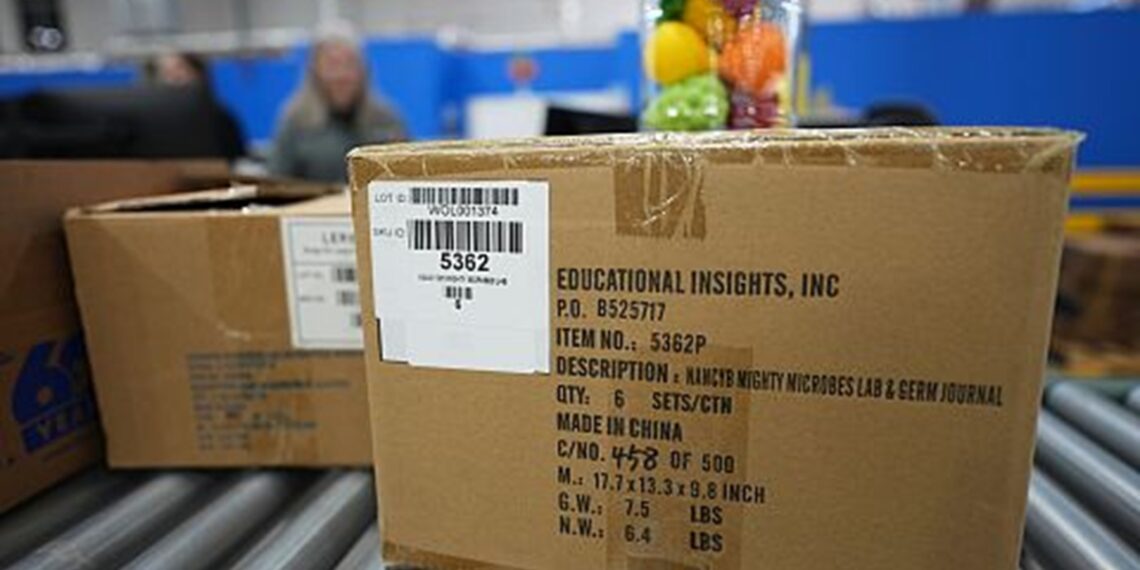China’s export sector showed signs of strain in April as heightened U.S. tariffs began to weigh on the world’s second-largest economy, according to fresh data from official and private surveys of Chinese manufacturers.
The China Federation of Logistics and Purchasing reported that export orders dipped last month, amid escalating trade tensions between Beijing and Washington.
The downturn follows U.S. President Donald Trump’s decision to impose steep tariffs—reaching up to 145%—on a wide range of Chinese goods.
In response, China has levied retaliatory duties of up to 125% on select U.S. imports and tightened controls on exports of strategic minerals critical to high-tech industries, including electric vehicles.
The official manufacturing Purchasing Managers’ Index (PMI) fell to a 16-month low of 49.0 in April, down from 50.5 in March—slipping below the key 50-point threshold that separates growth from contraction.
A parallel private-sector survey conducted by Caixin also reflected weaker sentiment, with its PMI falling to 50.4 from 51.2.
“The sharp drop in the PMIs likely exaggerates the immediate impact of tariffs due to dampened business sentiment, but it nonetheless points to mounting pressure on China’s export-driven economy,” said Zichun Huang, an analyst with Capital Economics.
In response to growing concerns, senior Chinese officials held a press briefing this week to reiterate Beijing’s commitment to supporting the economy and signalled readiness to implement further measures if necessary.
China’s economy grew 5.4% year-on-year in the first quarter of 2025, buoyed in part by a front-loading of exports ahead of the new tariffs.
However, economists now expect growth to slow. Capital Economics has revised its 2025 growth forecast down to 3.5%, citing weakening global demand and escalating trade barriers.
The Caixin report also pointed to broader industrial weakness, noting that supply and demand momentum had cooled in April, with sluggish exports, shrinking employment, declining inventories, logistical delays, and mounting price pressures.
Business optimism, it added, has deteriorated significantly.
ALSO READ: Two years on: Kuki-Zo groups urge silence, shutdown to honour Manipur violence victims
Meanwhile, the global outlook is also darkening. The International Monetary Fund recently slashed its global growth forecast for 2025 to 2.8%, down from 3.3% in January, warning that the expanding U.S.–China trade war could trigger broader economic fallout.
Trump’s tariff escalation is part of a broader strategy aimed at pressuring manufacturers to shift production back to the United States—a move that risks unsettling already fragile global supply chains.















